Academy elects new members
The National Academy of Sciences has announced the election of 120 members — 59 of whom are women, the most elected in a single year — and 30 international members in recognition of their achievements in original research. Nine of those elected are members of the American Society for Biochemistry and Molecular Biology.


Ta Yuan Chang is a professor in the department of biochemistry and cell biology at the Geisel School of Medicine, Dartmouth College. The Chang lab studies cholesterol homeostasis in the central nervous system and in systemic tissues, with a focus on investigating the biochemistry and physiological roles of the cholesterol storage enzyme acyl-coenzyme A: cholesterol acyltransferase 1, a membrane protein in the endoplasmic reticulum, in health and diseases.
Michael L. Dustin is a professor of molecular immunology and director of research at the Kennedy Institute of Rheumatology, University of Oxford. Dustin’s lab studies the immunological synapse and recently observed that the small vesicles enriched in T cell receptor, synaptic ectosomes, are directly budded into the immunological synapse, handing off T cell receptor and other cargo to the antigen-presenting cell.
Vadim N. Gladyshev is a professor of medicine at Harvard Medical School and director of redox medicine at Brigham and Women's Hospital. Gladyshev’s lab studies the molecular basis for natural changes in longevity and recently sequenced the genomes of the naked mole rat, the Brandt’s bat and other mammals, uncovering adaptations that contribute to their exceptional life spans.
Maureen R. Hanson is a professor in the department of molecular biology and genetics in the College of Agriculture and Life Sciences at Cornell University. The Hanson lab studies molecular and cell biology of plant organelles, photosynthesis and the pathophysiology and molecular biology of myalgic encephalomyelitis, also known as chronic fatigue syndrome.
Joseph Heitman is a professor and chair of the department of molecular genetics and microbiology at the Duke University School of Medicine. The Heitman lab discovered TOR and FKBP12 as targets of the immunosuppressive natural product rapamycin and defined nutrient sensing pathways in the model yeast Saccharomyces cerevisiae. They study unisexual reproduction and mechanisms of pathogenesis and drug action and resistance with the pathogenic fungus Cryptococcus neoformans and other human fungal pathogens.
Rachel Klevit is a professor of chemistry and biochemistry in the department of biochemistry, University of Washington. The Klevit lab studies protein–protein interactions involved in quality control and repair, which play important roles in human disease, including projects in BRCA1, the breast cancer susceptibility protein; protein ubiquitination in general; and human small heat shock proteins alpha-B crystallin and HSP27.
Geeta J. Narlikar is a professor in the department of biochemistry and biophysics at the University of California, San Francisco. Narlikar’s lab studies how the folding and compartmentalization of our genome is regulated to generate the many cell types that make up our body. Her laboratory has pioneered the application of sophisticated biophysical approaches to study the mechanisms of macromolecules that regulate genome organization.
Margaret A. Phillips is the chair of biochemistry and a professor in the departments of biochemistry and pharmacology at the University of Texas Southwestern Medical Center. Phillips’ lab studies polyamine and nucleotide metabolism in African trypanosomes and is developing inhibitors of pyrimidine biosynthesis and polyamine biosynthesis to treat malaria and African sleeping sickness.
Wilfred A. van der Donk is a Howard Hughes Medical Institute investigator and chair of the department of chemistry, University of Illinois, Urbana–Champaign. The van der Donk lab focuses on the discovery, mode of action, and mechanism of biosynthesis of two classes of antibiotics: ribosomally synthesized and post-translationally modified peptides and phosphonate antibiotics.
Enjoy reading ASBMB Today?
Become a member to receive the print edition monthly and the digital edition weekly.
Learn moreGet the latest from ASBMB Today
Enter your email address, and we’ll send you a weekly email with recent articles, interviews and more.
Latest in People
People highlights or most popular articles
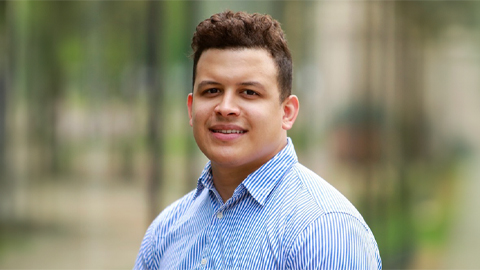
MOSAIC scholar explores enzymes
Organic chemist Edwin Alfonzo's scientific journey took an unexpected turn when he discovered the world of enzymes.
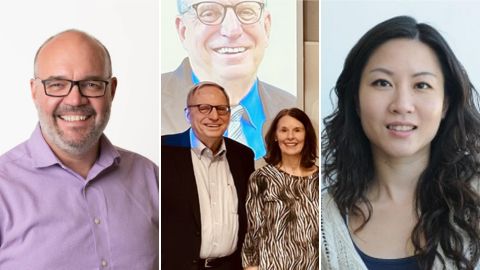
Honors for Wright, Chiu and Flanegan
Awards, promotions milestones and more. Find out what's going on in the lives of ASBMB members.
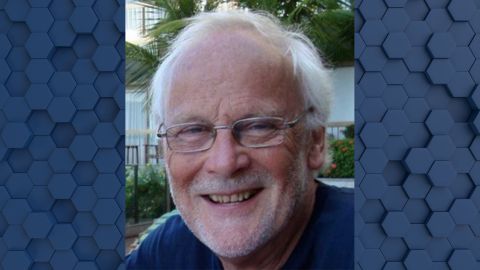
In memoriam: Michael Waterfield
He was a British biochemist and a pioneer in the cancer research field who opened a proteomics lab at University College London.
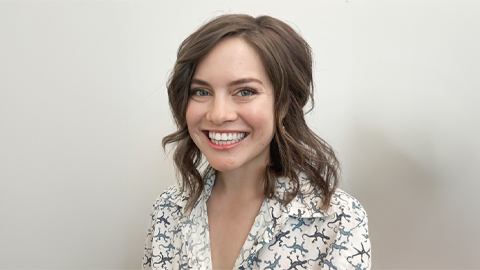
Bakers and mentors help a MOSAIC scholar change her life
Joanna-Lynn Borgogna studies the vaginal microbiome, the metabolome and the development of gynecological disorders in reproductive-aged women.
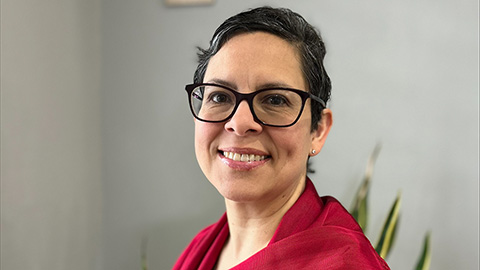
Swapping stethoscope for pipette to understand diabetic retinopathy
MOSAIC scholar Emma M. Lessieur Contreras is inspired by the work of her ophthalmologist father.
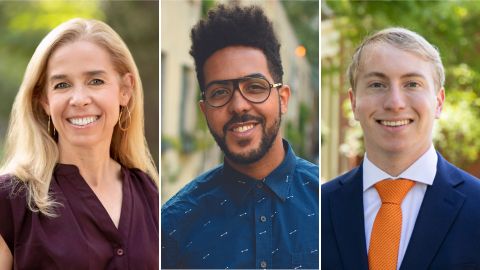
Honors for Lemon, Silva and Brownlee
Awards, promotions, milestones and more. Find out what's going on in the lives of ASBMB members.
